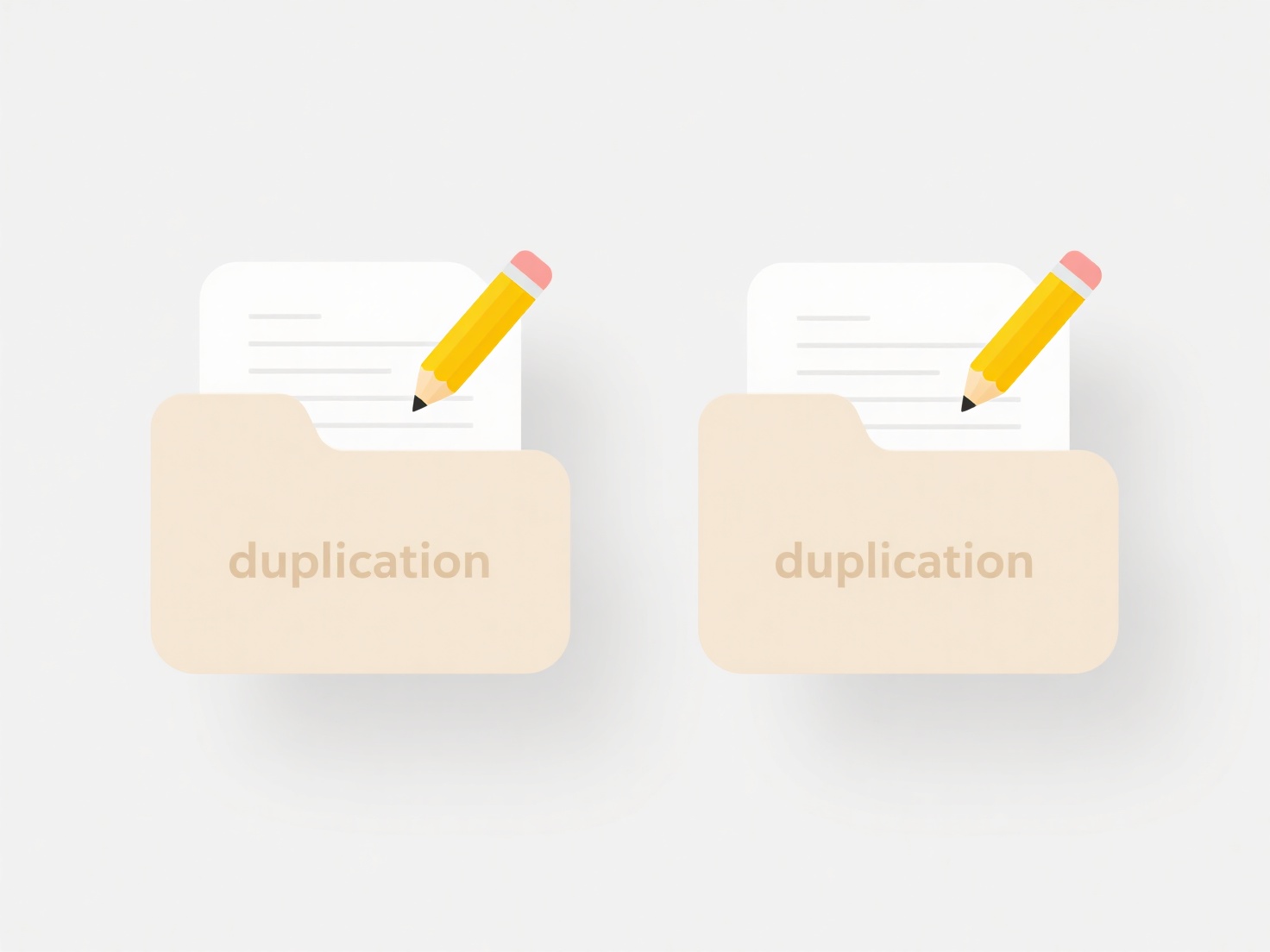
Merging folder structures involves consolidating file systems from previously separate teams into a coherent single structure within a shared location. This ensures all relevant documents are accessible to the combined team. It typically requires analyzing the existing hierarchies, defining a new logical structure that meets the merged team's needs, planning how to map old folders to new ones, moving files, and adjusting permissions. This differs from simple file sharing as it involves reorganization rather than just granting access.
For instance, after a company merger, IT might use migration tools to combine "Project_Files" folders from both legacy entities under a unified "All_Projects" structure within a new SharePoint site. Similarly, merging two software development teams might involve restructuring their Git repositories and associated document folders into a single parent directory reflecting the combined agile teams, using scripts to automate the bulk movement while preserving version history.

The primary advantage is streamlined collaboration and reduced duplication. Key limitations include the risk of broken file links, permission inconsistencies, and potential confusion during the transition. Careful execution is vital to minimize disruption. Consider versioning backups before starting, standardizing naming conventions, and communicating the new structure clearly. Future-proofing involves establishing scalable permissions and documenting the structure for newcomers.
How do I merge folder structures from merged teams?
Merging folder structures involves consolidating file systems from previously separate teams into a coherent single structure within a shared location. This ensures all relevant documents are accessible to the combined team. It typically requires analyzing the existing hierarchies, defining a new logical structure that meets the merged team's needs, planning how to map old folders to new ones, moving files, and adjusting permissions. This differs from simple file sharing as it involves reorganization rather than just granting access.
For instance, after a company merger, IT might use migration tools to combine "Project_Files" folders from both legacy entities under a unified "All_Projects" structure within a new SharePoint site. Similarly, merging two software development teams might involve restructuring their Git repositories and associated document folders into a single parent directory reflecting the combined agile teams, using scripts to automate the bulk movement while preserving version history.

The primary advantage is streamlined collaboration and reduced duplication. Key limitations include the risk of broken file links, permission inconsistencies, and potential confusion during the transition. Careful execution is vital to minimize disruption. Consider versioning backups before starting, standardizing naming conventions, and communicating the new structure clearly. Future-proofing involves establishing scalable permissions and documenting the structure for newcomers.
Quick Article Links
How do I share files over Bluetooth or AirDrop securely?
Bluetooth and AirDrop enable wireless file sharing between nearby devices. Bluetooth establishes direct connections thro...
How do I bulk tag duplicates for deletion?
Bulk tagging duplicates for deletion refers to the process of efficiently identifying and marking multiple identical or ...
Can I block users from printing a shared file?
No, you cannot directly prevent printing of a shared file itself once it's downloaded to a user's device. Blocking print...